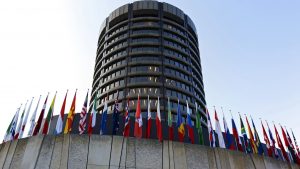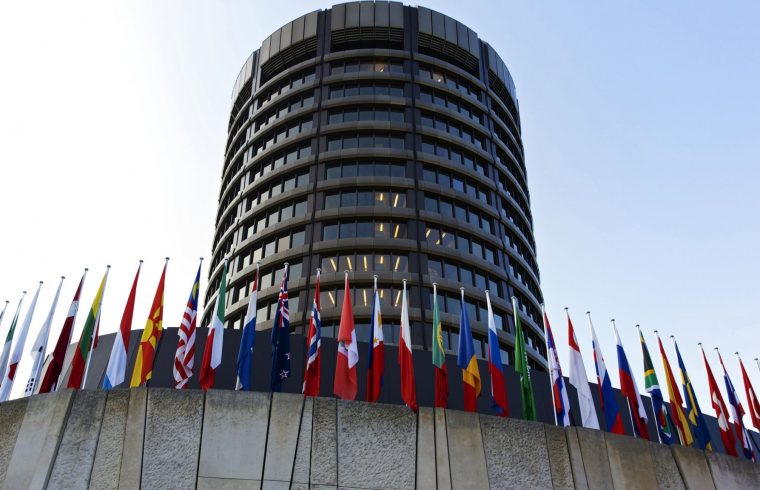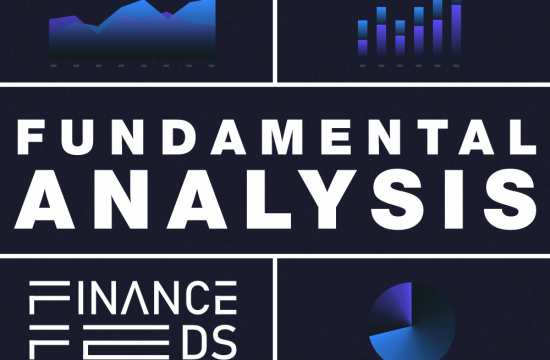The UK Financial Conduct Authority (FCA) today said it will give, for the last time, banks an extra three months to stop using a “synthetic” version of sterling Libor.

Britain’s financial markets regulator has required ICE Benchmark Administration Limited (IBA) to continue to publish 1- and 6-Month “synthetic” sterling LIBOR settings until March 31, 2023.
“The majority of respondents to our consultation agreed that the 1- and 6-month synthetic sterling LIBOR settings could cease in an orderly fashion at end-March 2023, or were neutral. Some responses noted that remaining exposure to these settings is low, and some said that having a confirmed cessation date could help support remaining transition efforts,” the FCA said.
However, the FCA confirmed it has no intention to use its powers to compel continued publication beyond this date, and that therefore these settings will permanently cease immediately after final publication at the end of March.
As the end of LIBOR was drawing closer, the FCA and Britain’s central bank encouraged market participants to actively transition from referencing LIBOR rates in their sterling derivatives.
Instead of interbank offered rates, the FCA notes that overnight SONIA is now fully embedded across sterling markets. Successful CCP conversion processes saw some of the largest single day amendments to financial contracts, with in excess of £13 trillion LIBOR-referencing contracts converted to SONIA.
This shift is expected to boost liquidity in these products, which aided relevant providers in achieving the Working Group’s key milestone of ceasing GBP LIBOR-linked derivatives by the end of 2021. As a result, there are effectively no longer any sterling LIBOR linked cleared derivatives. Further, the central bank now estimates that less than 2% of the total sterling LIBOR legacy stock remains and notes that firms have plans to address this residual exposure.
As for the new contracts, these synthetic rates are no longer available for use or representative of their underlying markets. Therefore, firms need to prepare to use alternative reference rates for their new trades, irrespective of which LIBOR they use.
The FCA and BoE have been taking steps to promote the switch from LIBOR to SONIA. Throughout the last few years, they actively provided guidance to lenders, borrowers and investors who are amending their documentation to reference SONIA.
USD LIBOR transition
Nevertheless, the transition from US dollar LIBOR remains of critical importance globally, including in the UK where many firms are active in US dollar interest rate markets.
The regulator confirmed the June-2023 end date for most US dollar LIBOR settings. However, only five settings will continue to be calculated by panel bank submission until that date, but the use of US dollar LIBOR will not be allowed in most new contracts. The move to end the use of US dollar LIBOR in new contracts is supported by regulators in the US and around the world, the FCA said.
LIBOR, which underpins more than $300 trillion in derivatives and other instruments, is set to be replaced worldwide with the Bank of England’s Sonia rate for sterling-denominated swaps, loans and futures.
Global regulators urged market participants earlier last year to accelerate the shift to the Sonia overnight rate before it ceases issuance of cash products, referencing Libor by the fourth quarter.












